Colorado’s high country conceals hundreds of remote alpine lakes that remain largely unknown to casual hikers, offering experienced outdoor enthusiasts opportunities to find genuine solitude in some of the state’s most spectacular mountain settings. These “ghost lakes” earned their nickname from their tendency to appear and disappear from view as hikers navigate the complex terrain of Colorado’s wilderness areas, often requiring navigation skills and persistence to locate.
The effort required to reach these hidden waters tends to deter most casual visitors, creating opportunities for contemplative experiences in pristine alpine environments where the only sounds are wind, water, and wildlife. Many of these lakes sit in cirques carved by ancient glaciers, surrounded by towering peaks and accessible only through unmarked routes that require careful route-finding and wilderness skills.
Here is a list of 20 Colorado ghost lake hikes that offer genuine solitude for those willing to venture beyond the well-traveled trails to discover some of the state’s most secluded alpine treasures.
Blue Lake Basin, San Juan Wilderness
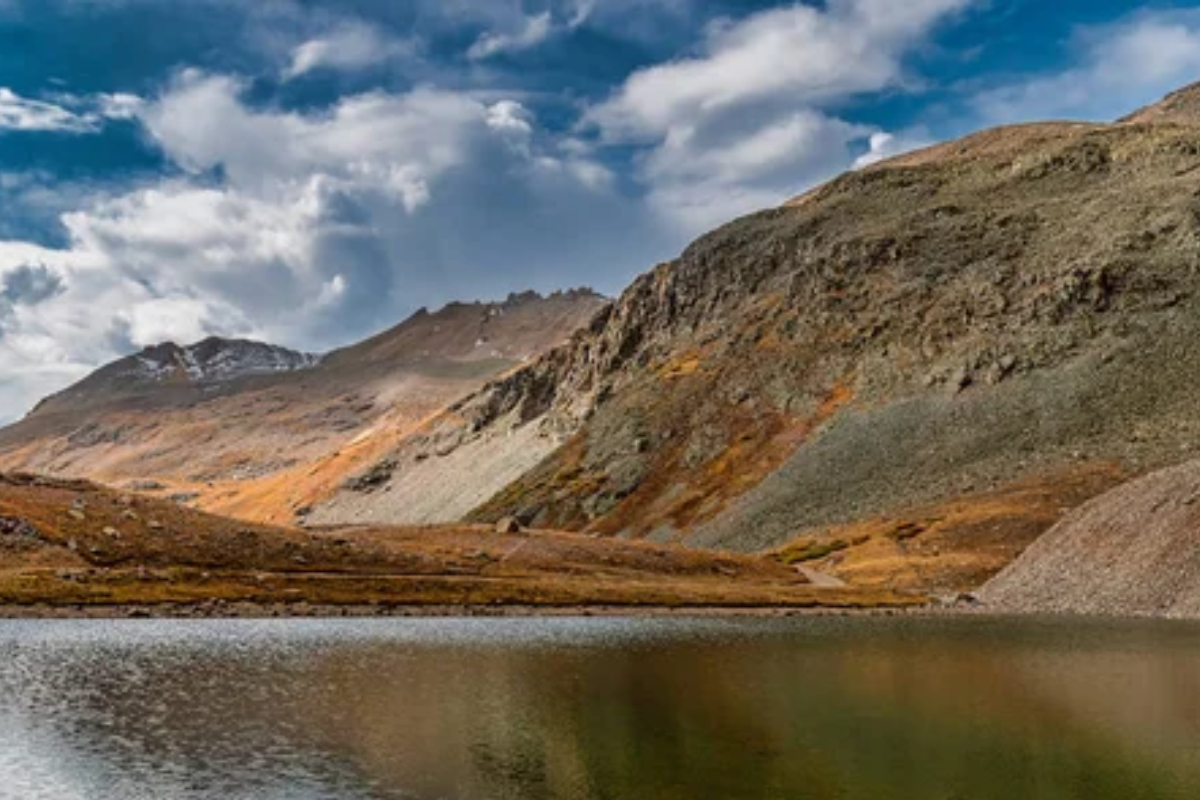
Blue Lake Basin requires a challenging off-trail scramble from the Sneffels Highline Trail. Hikers must navigate through talus fields and across exposed ridges to reach a series of pristine tarns nestled beneath Mount Sneffels.
This route demands solid navigation skills and comfort with Class 2 scrambling but rewards persistent hikers with views of lakes that reflect the dramatic north face of one of Colorado’s most photogenic fourteeners. The basin’s remote location and technical approach ensure that most visitors will have these spectacular alpine waters entirely to themselves.
Crater Lake, Maroon Bells Wilderness
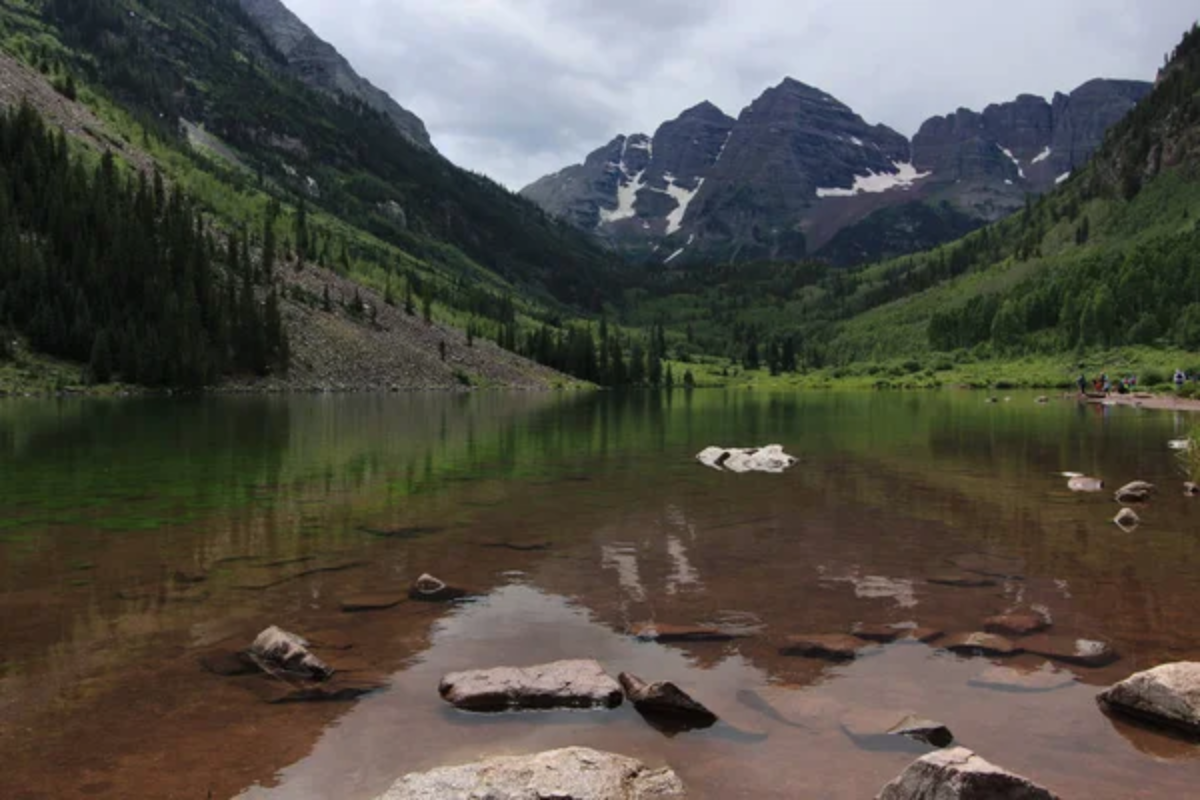
Hidden high above the famous Maroon Bells, Crater Lake requires hikers to abandon the crowded Crater Lake Trail and follow faint cairns across alpine tundra to reach this secluded tarn. The route involves careful navigation through complex terrain where multiple social trails can lead hikers astray.
Still, those who persist will find a pristine lake surrounded by wildflower meadows, offering unobstructed views of the Maroon Bells’ backside. The contrast between this solitary destination and the crowds at Maroon Lake below makes the challenging navigation worthwhile for those seeking genuine wilderness experiences.
Like Travel Pug’s content? Follow us on MSN.
Abyss Lake, Rocky Mountain National Park
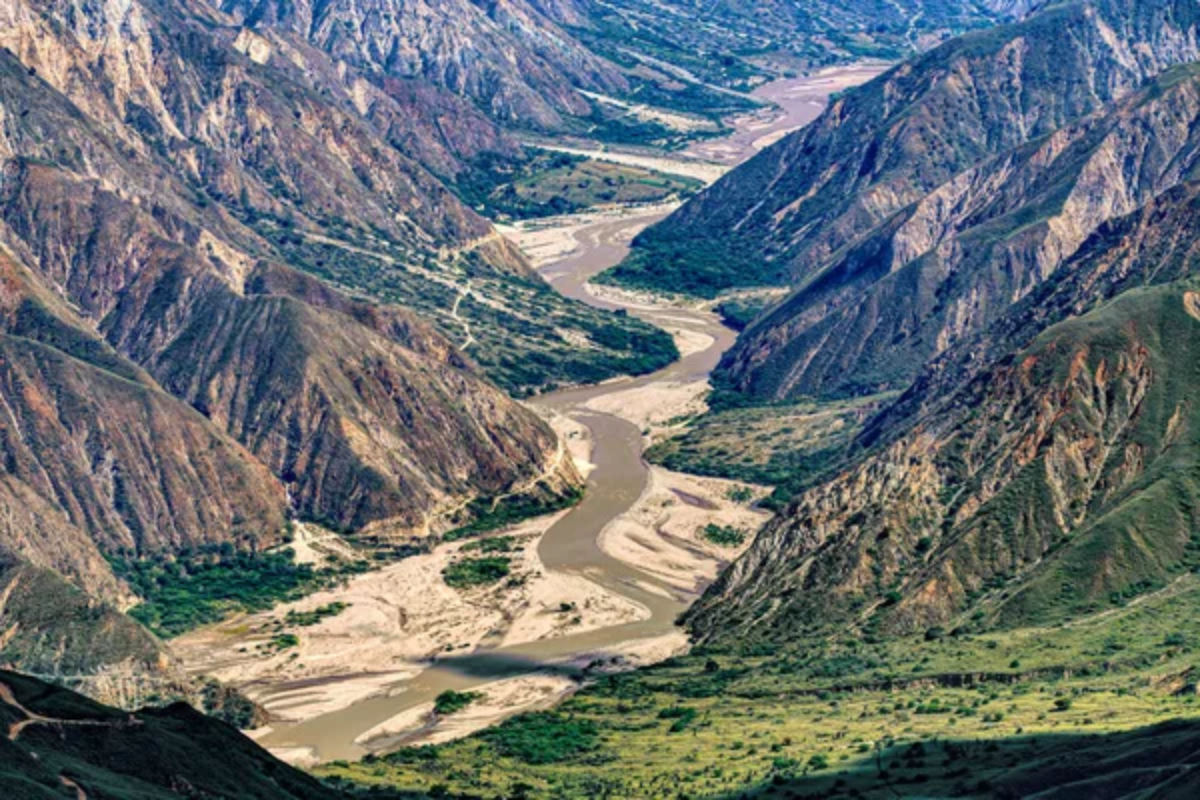
Abyss Lake lives up to its dramatic name. It sits in a deep cirque beneath Longs Peak, and hikers must leave established trails and navigate complex granite terrain to reach its dark waters.
The approach involves challenging route-finding through boulder fields and across steep slabs that demand both navigation skills and scrambling ability. The lake’s intimidating setting beneath towering cliff walls creates an atmosphere of solitude and wilderness that reflects the serious commitment required to reach this remote destination.
Shelf Lake, Indian Peaks Wilderness
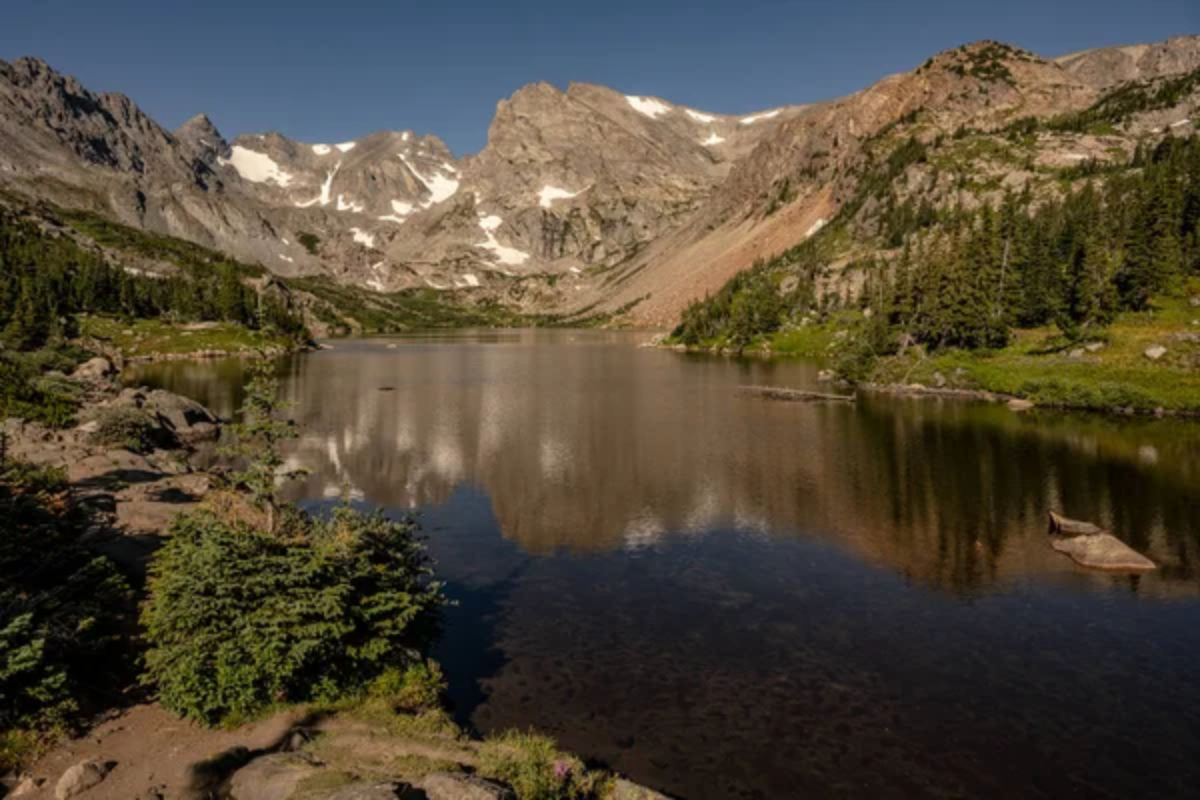
Shelf Lake perches on a high bench above Lake Isabelle, accessible only through an unmarked route that requires hikers to scramble up steep granite slabs and navigate through complex terrain. The challenging approach filters out most visitors to the popular Brainard Lake area, creating opportunities for solitude just above one of Colorado’s busiest trailheads.
The lake’s dramatic setting on a granite shelf with views across the Indian Peaks makes the demanding scramble worthwhile for those seeking isolation in spectacular alpine terrain.
Frozen Lake, Eagles Nest Wilderness
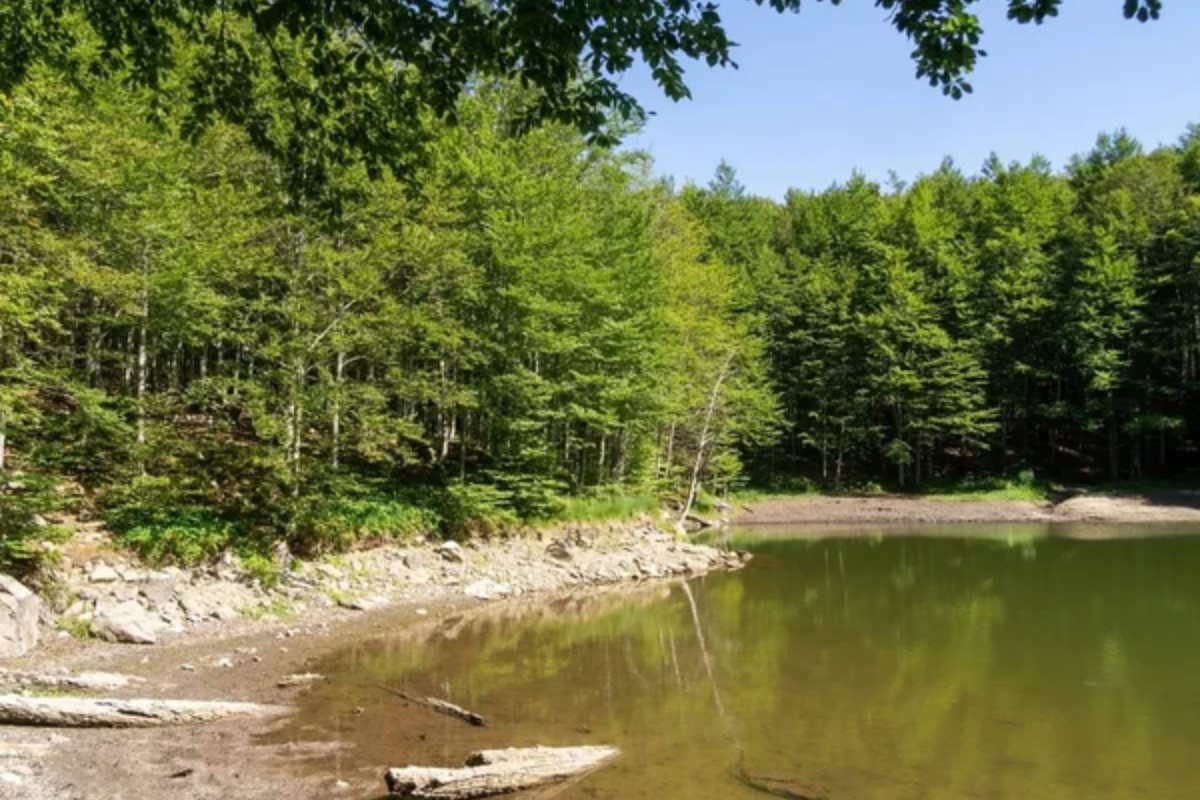
Frozen Lake is in a remote cirque accessible only through an unmarked route from the Gore Lake Trail, which requires serious navigation skills and comfort with off-trail travel. The approach involves crossing unstable talus slopes and navigating through complex terrain where route-finding errors can lead to dangerous situations.
The lake’s isolation and challenging access ensure that most hikers will find complete solitude while enjoying views of pristine alpine waters surrounded by the dramatic peaks of the Gore Range.
Like Travel Pug’s content? Follow us on MSN.
Pear Lake, Holy Cross Wilderness
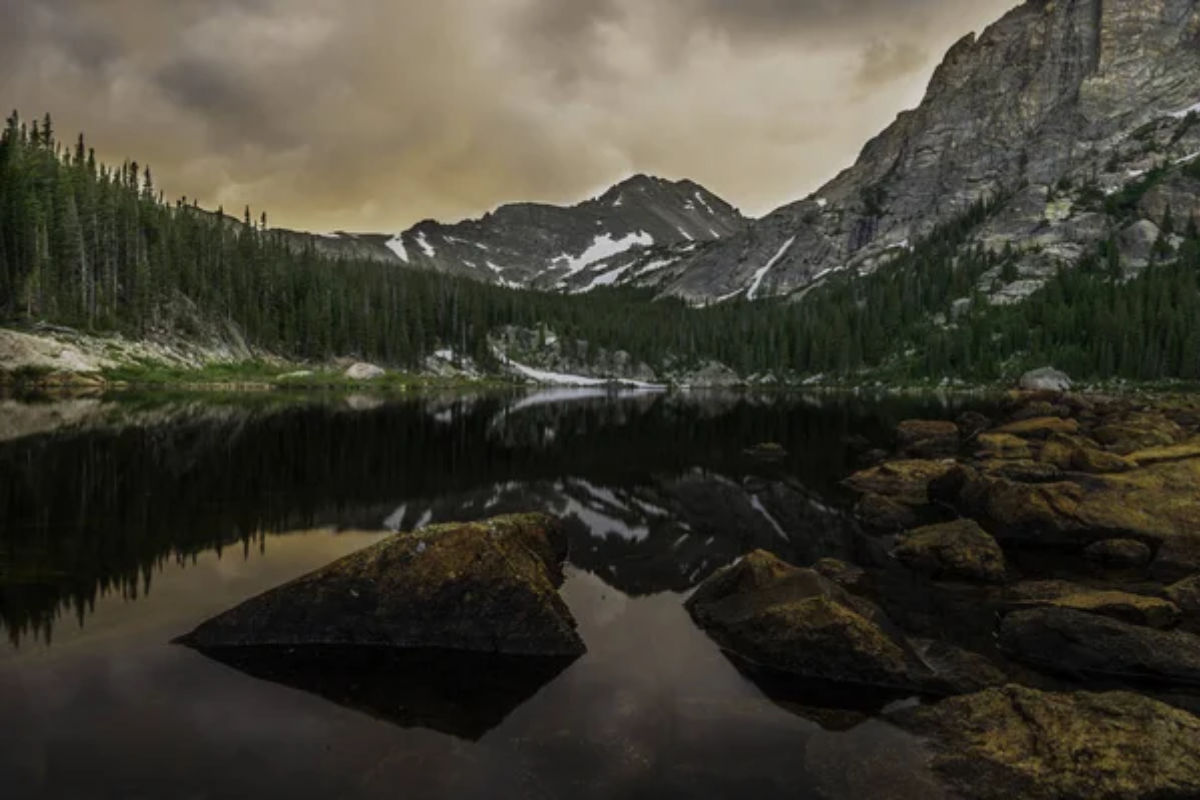
Pear Lake requires hikers to leave the established Cross Creek Trail and follow faint animal paths through dense forest and across avalanche slopes to reach this hidden gem. The unmarked route demands careful attention to terrain features and compass navigation, especially in poor weather when visibility becomes limited.
The lake’s secluded location in a hanging valley provides intimate views of surrounding peaks while offering the kind of wilderness solitude that has become increasingly rare in Colorado’s popular mountain areas.
Ghost Lake, Weminuche Wilderness
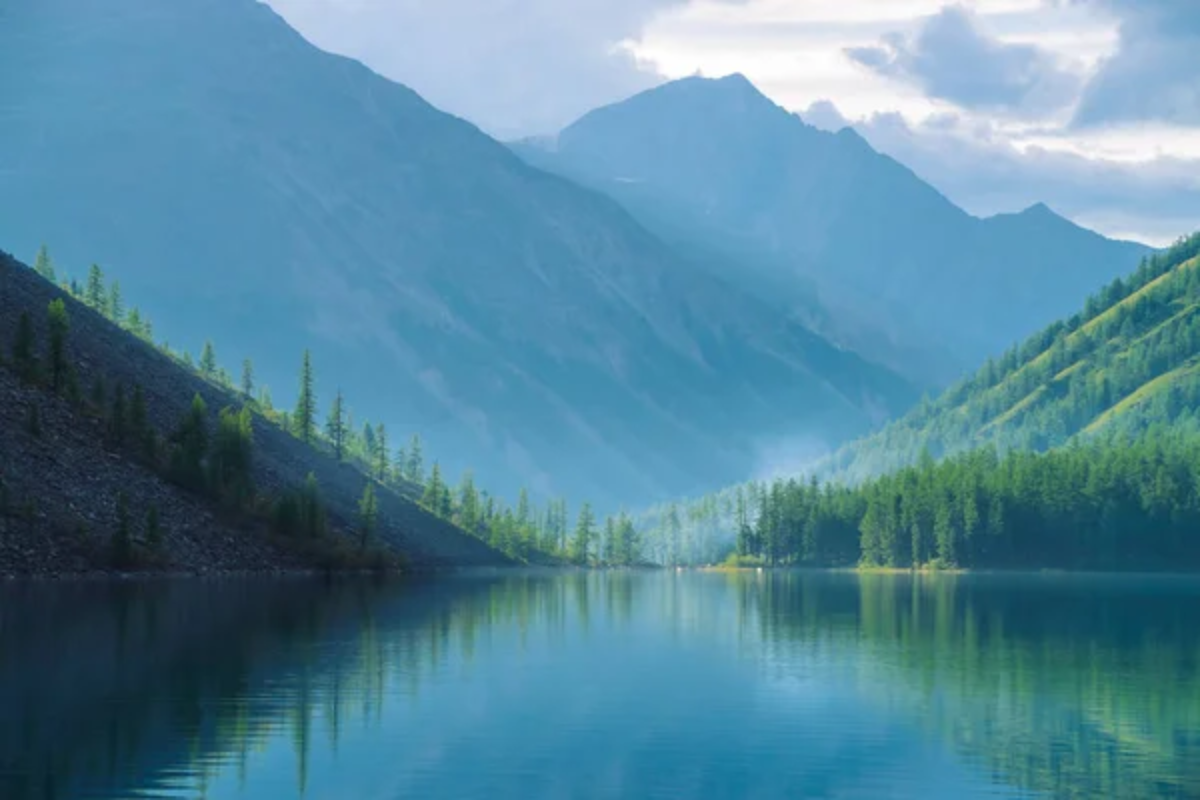
Ghost Lake earns its name honestly. It is in a remote basin that requires a multi-day backpacking commitment and expert navigation skills to reach safely.
The approach involves following faint game trails through dense forest and across complex terrain where established trails disappear entirely. The lake’s extreme remoteness in Colorado’s largest wilderness area virtually guarantees solitude while providing access to some of the state’s most pristine alpine scenery.
Solitude Lake, Mount Evans Wilderness
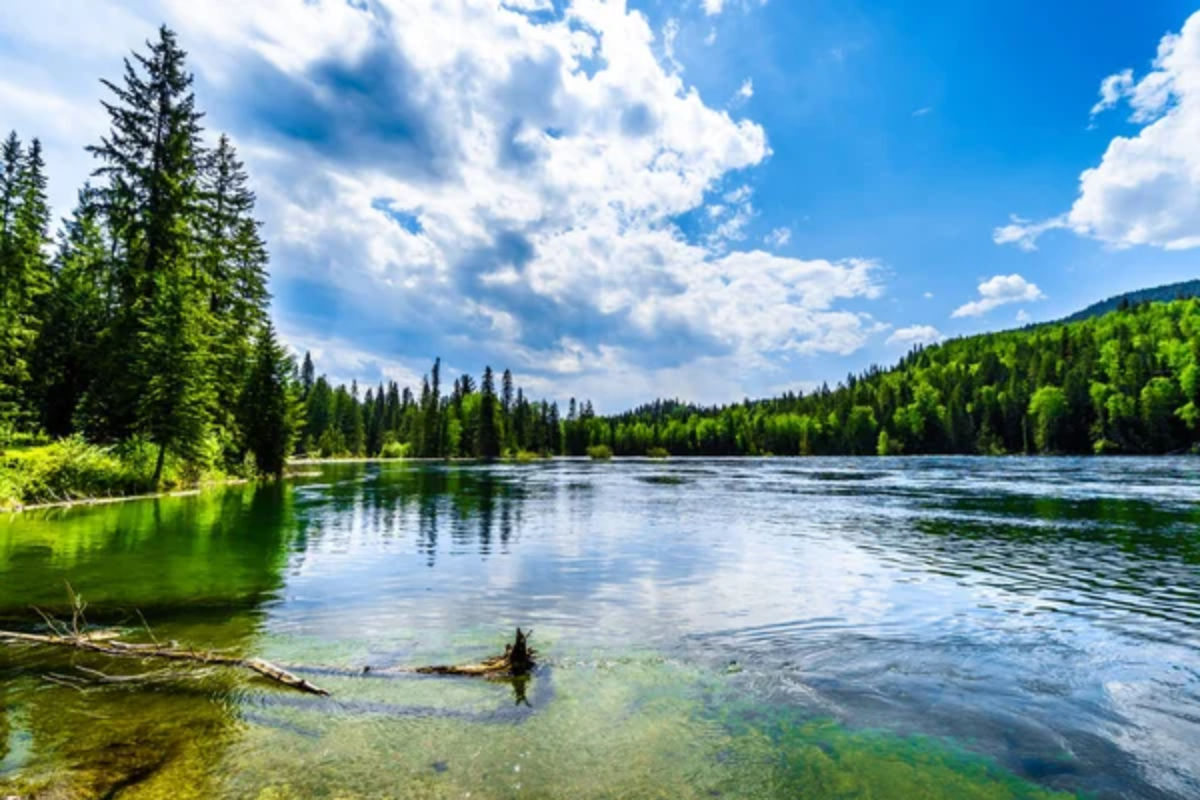
Solitude Lake lives up to its name despite its proximity to the popular Mount Evans Scenic Byway, requiring hikers to navigate unmarked terrain and challenging scrambles to reach this hidden tarn. The route involves leaving established trails and following cairns across alpine tundra where weather can change rapidly and navigation becomes critical.
The lake’s dramatic setting beneath Mount Evans’ eastern face provides spectacular scenery while the challenging access ensures genuine solitude even during peak hiking season.
Like Travel Pug’s content? Follow us on MSN.
Thunder Lake, Rocky Mountain National Park
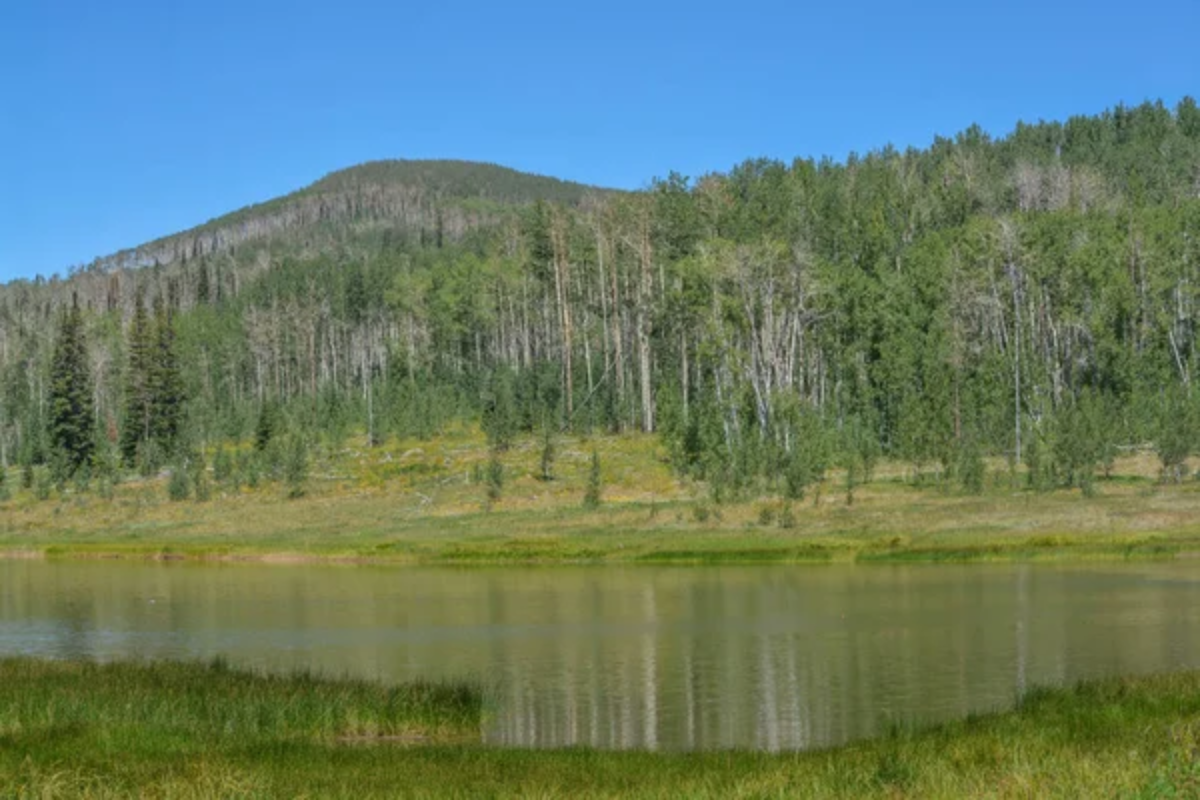
Thunder Lake sits in a remote cirque accessible only through an extremely challenging off-trail route that requires advanced mountaineering skills and experience with Class 3 scrambling. The approach involves navigating complex granite terrain where route-finding errors can lead to dangerous situations requiring technical rescue.
The lake’s intimidating access and remote location create opportunities for complete wilderness solitude while providing views of some of Rocky Mountain National Park’s most dramatic alpine scenery.
Willow Lake, Collegiate Peaks Wilderness

Willow Lake requires hikers to abandon established trails and navigate through complex terrain using only topographic maps and compass skills to reach this secluded alpine tarn. The unmarked route requires crossing multiple drainage systems and navigating dense forest, where established paths vanish entirely.
The lake’s remote location in the heart of the Collegiate Peaks provides spectacular mountain scenery, while the challenging navigation ensures that most visitors will enjoy complete solitude.
Ribbon Lake, Sangre de Cristo Wilderness
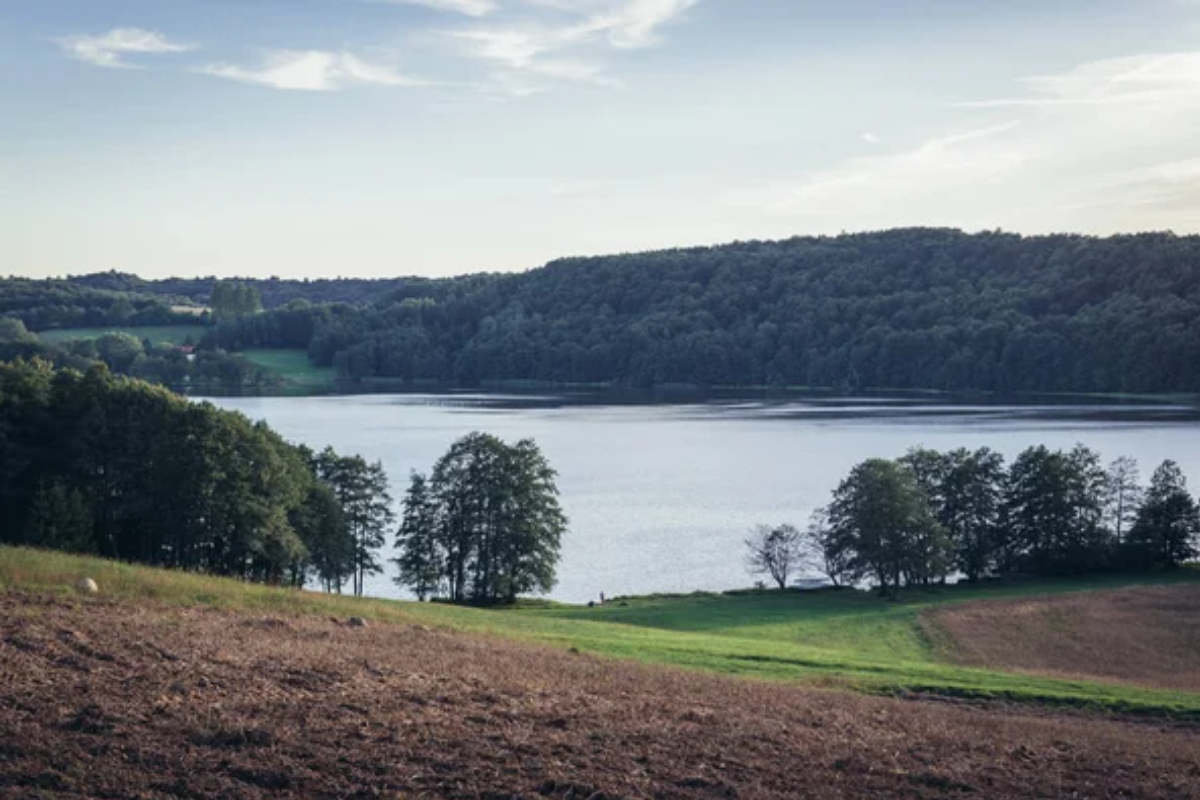
Ribbon Lake sits in a hanging valley, accessible only through an unmarked route that requires hikers to scramble up steep granite slabs and navigate complex alpine terrain. The challenging approach involves following faint cairns across exposed ridges where weather exposure becomes a serious consideration.
The lake’s dramatic setting beneath towering peaks of the Sangre de Cristo Range provides spectacular scenery, while the technical approach ensures genuine wilderness solitude.
Like Travel Pug’s content? Follow us on MSN.
Echo Lake, Mount of the Holy Cross Wilderness
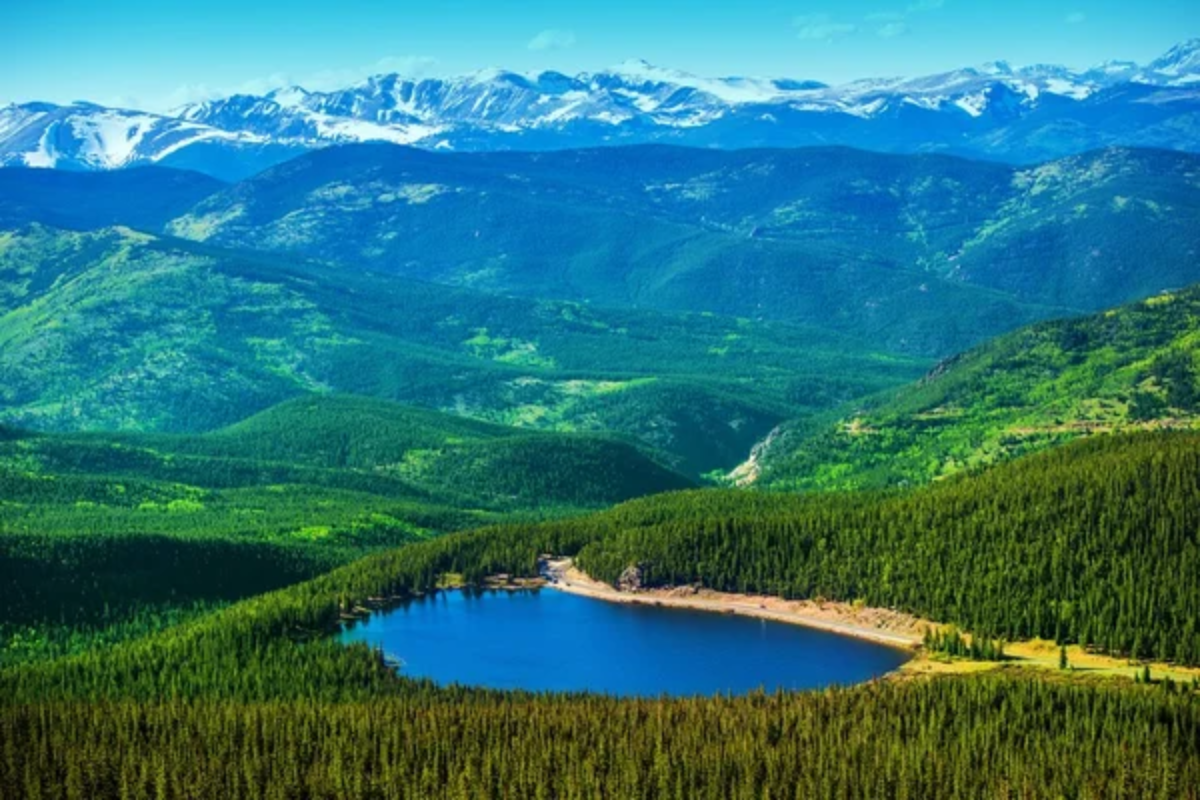
Hidden high above the popular Notch Mountain Trail, Echo Lake can only be reached by navigating unmarked terrain and completing challenging scrambles. The route involves leaving established trails and following terrain features across a complex alpine landscape, where navigation skills become essential.
The lake’s secluded location provides intimate views of the Holy Cross massif, while the demanding approach filters out casual visitors seeking easier mountain experiences.
Tarn Lake, Never Summer Wilderness
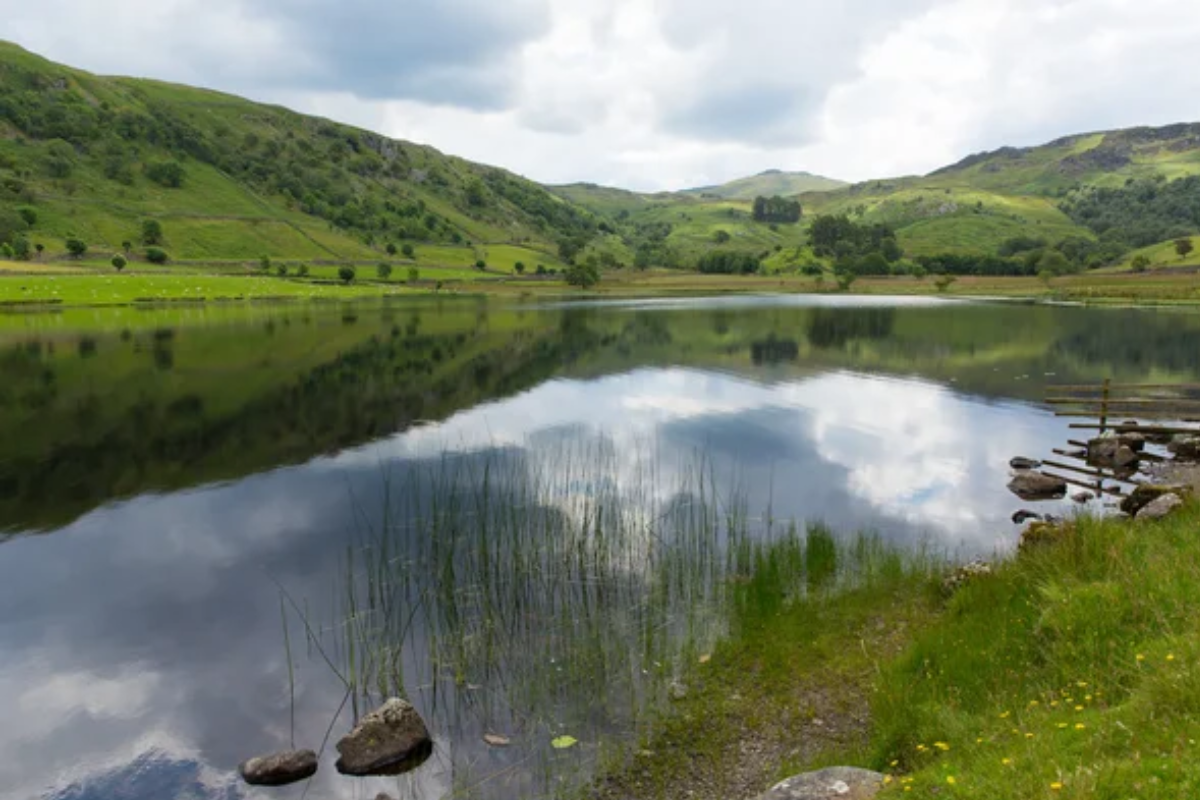
Tarn Lake sits in a remote cirque that requires hikers to navigate through unmarked terrain and cross unstable talus slopes to reach its pristine waters. The challenging route involves following faint animal paths through dense forest before emerging into alpine terrain where navigation becomes critical.
The lake’s isolation in the Never Summer Range provides opportunities for genuine wilderness solitude while offering views of some of Colorado’s most under-visited mountain scenery.
Mirror Lake, James Peak Wilderness
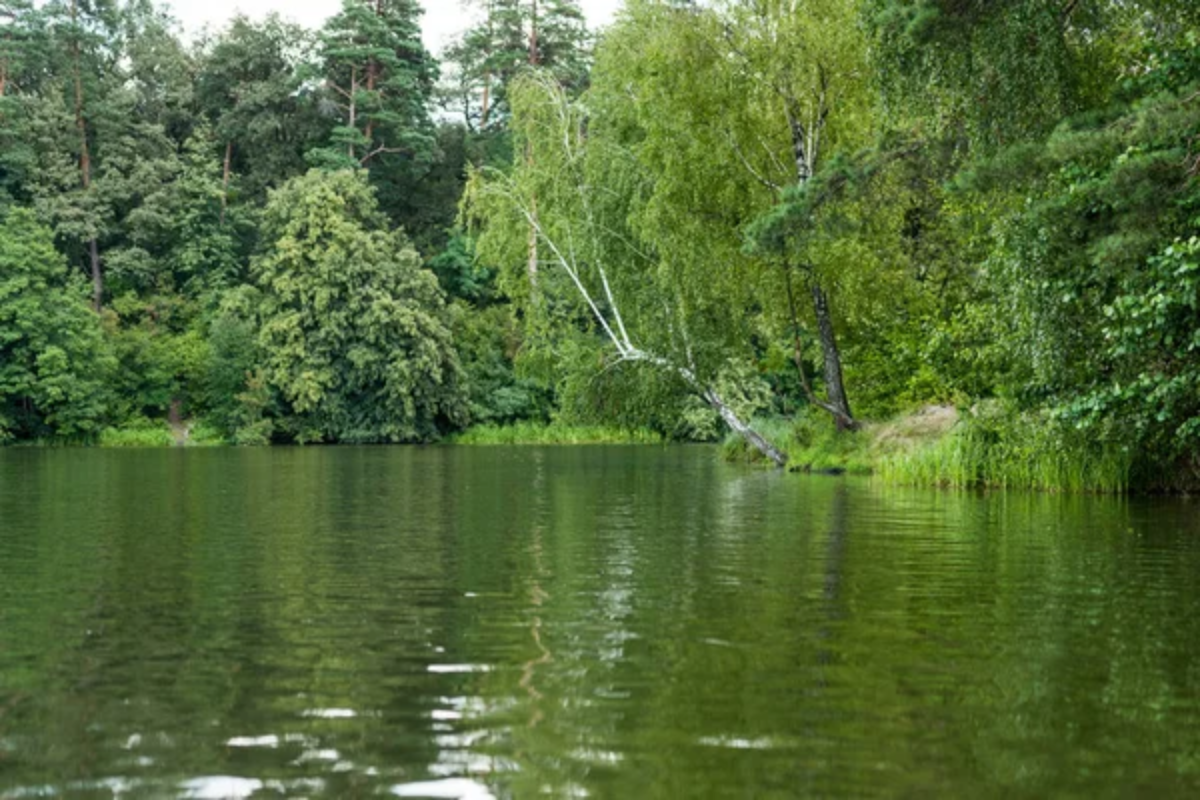
Mirror Lake requires hikers to leave established trails and navigate complex terrain using topographic maps and compass skills to reach this hidden alpine gem. The unmarked route involves crossing multiple drainage systems and scrambling through challenging terrain where route-finding errors can lead to dangerous situations.
The lake’s secluded location provides spectacular reflection views of surrounding peaks while the demanding navigation ensures that most visitors will find complete solitude.
Like Travel Pug’s content? Follow us on MSN.
Crystal Lake, La Garita Wilderness

Crystal Lake sits in one of Colorado’s most remote wilderness areas, accessible only through an extremely challenging route that requires multi-day backpacking and expert navigation skills. The approach involves following faint game trails through dense forest and across complex terrain where established paths disappear entirely.
The lake’s extreme remoteness in the San Juan Mountains virtually guarantees solitude while providing access to some of Colorado’s most pristine and least-visited alpine scenery.
Emerald Lake, Flat Tops Wilderness
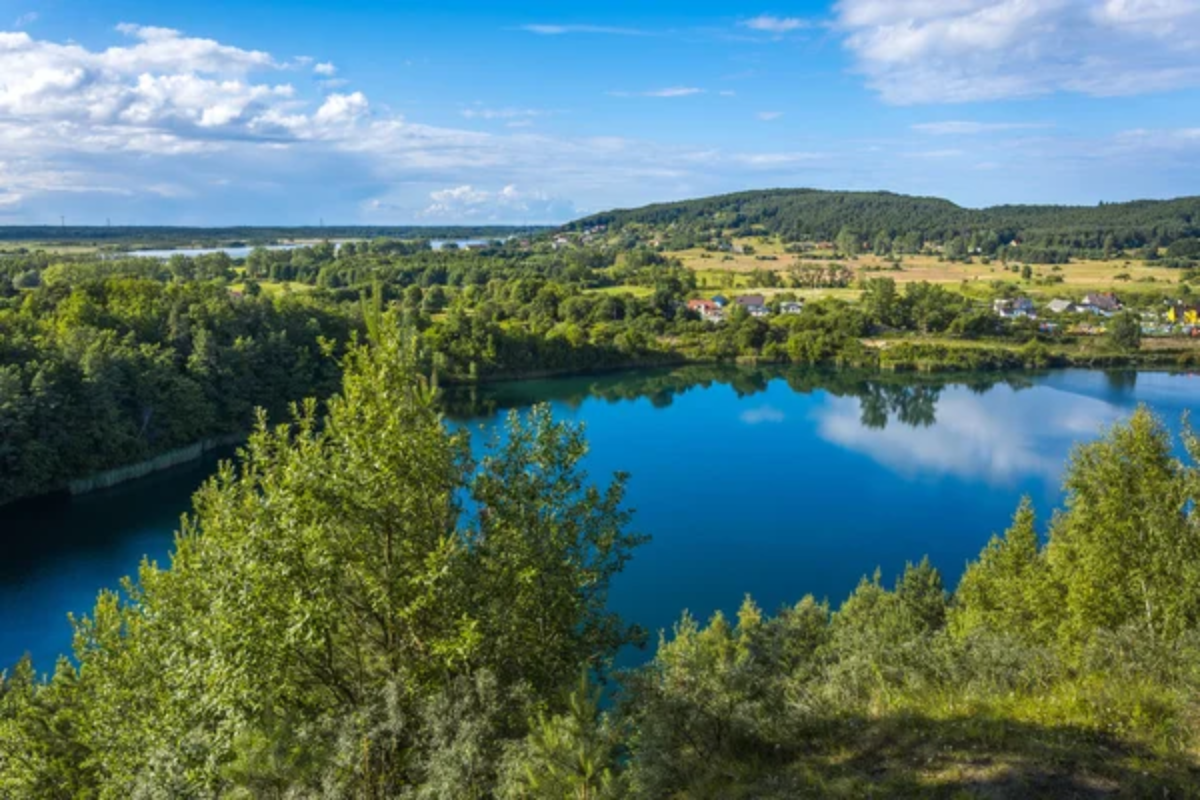
Hidden in the rolling alpine terrain of the Flat Tops, Emerald Lake requires hikers to navigate unmarked routes across high plateau country where navigation becomes challenging in poor weather. The approach involves following terrain features and compass bearings across expansive alpine tundra where established trails are scarce.
The lake’s unique setting in Colorado’s distinctive Flat Tops landscape provides a different type of alpine experience, while the challenging navigation ensures genuine wilderness solitude.
Sapphire Lake, Rawah Wilderness
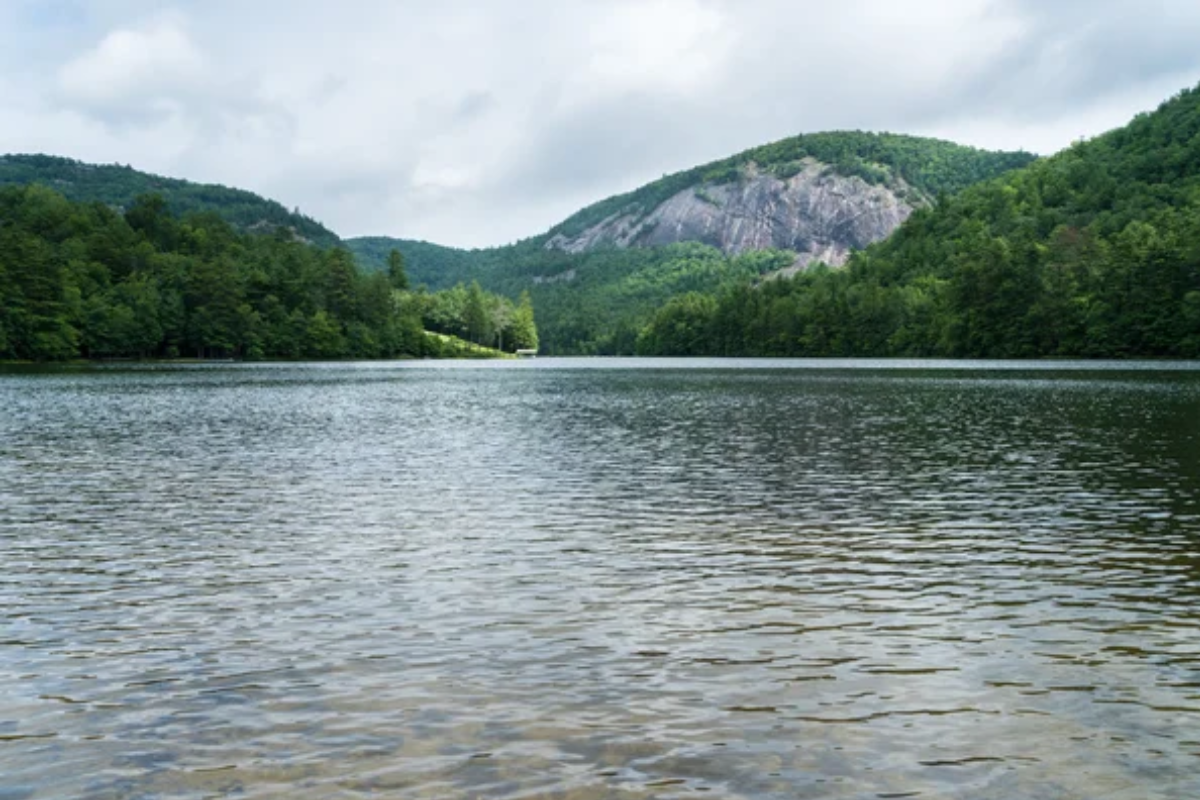
Sapphire Lake is a pristine alpine tarn in Colorado’s northern mountains. To reach it, hikers must abandon established trails and navigate through complex granite terrain.
The unmarked route involves scrambling across exposed slabs and following cairns through challenging terrain where weather exposure becomes a serious consideration. The lake’s remote location in the Rawah Range provides spectacular scenery, while the technical approach ensures that most visitors will enjoy complete solitude.
Like Travel Pug’s content? Follow us on MSN.
Diamond Lake, Mount Zirkel Wilderness

Diamond Lake sits in a remote cirque accessible only through a highly challenging route that requires advanced navigation skills and comfort with off-trail travel. The approach involves following faint animal paths through dense forest before emerging into alpine terrain where route-finding becomes critical.
The lake’s isolation in the Park Range provides opportunities for genuine wilderness solitude while offering views of some of Colorado’s most undervisited mountain peaks.
Turquoise Lake, Lizard Head Wilderness
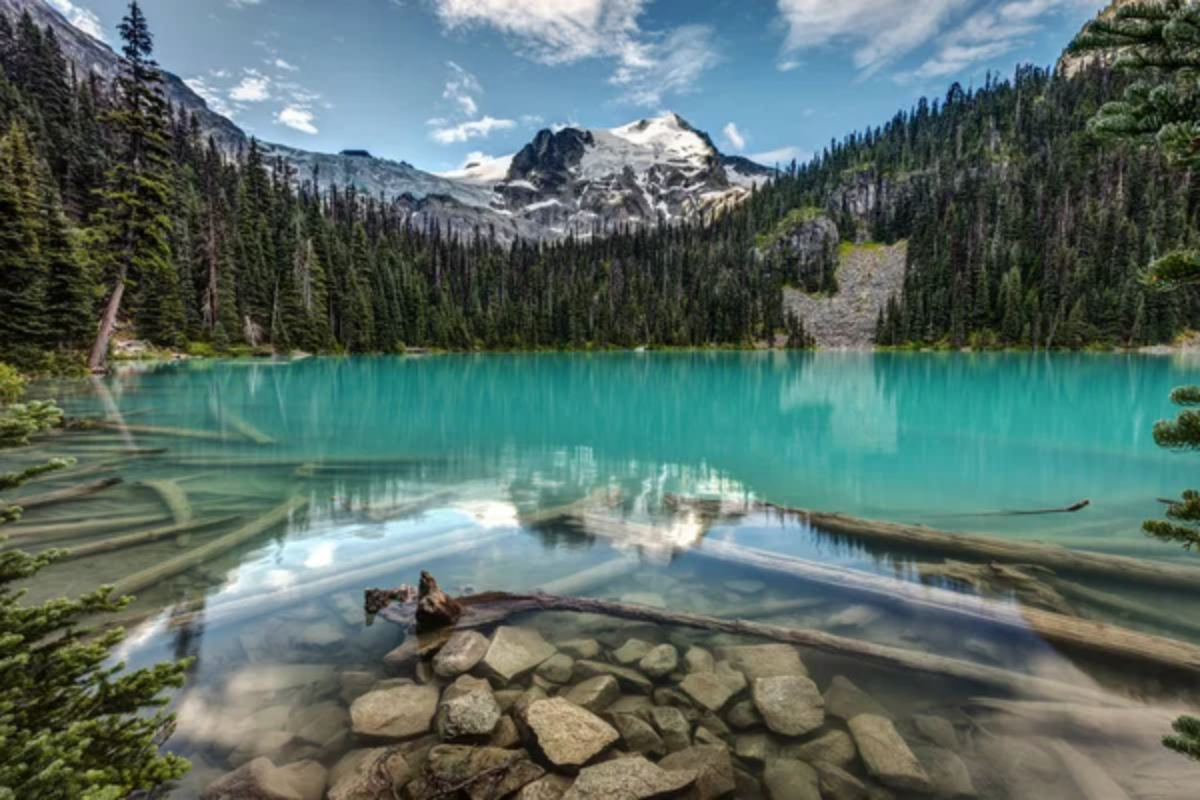
Turquoise Lake requires hikers to navigate unmarked terrain and challenging scrambles to reach this hidden gem in the heart of the San Juan Mountains. The route involves leaving established trails and following terrain features across the complex alpine landscape, where navigation skills become essential for safe travel.
The lake’s dramatic setting beneath distinctive volcanic peaks provides spectacular scenery, while the demanding approach filters out most casual mountain visitors.
Jade Lake, Collegiate Peaks Wilderness
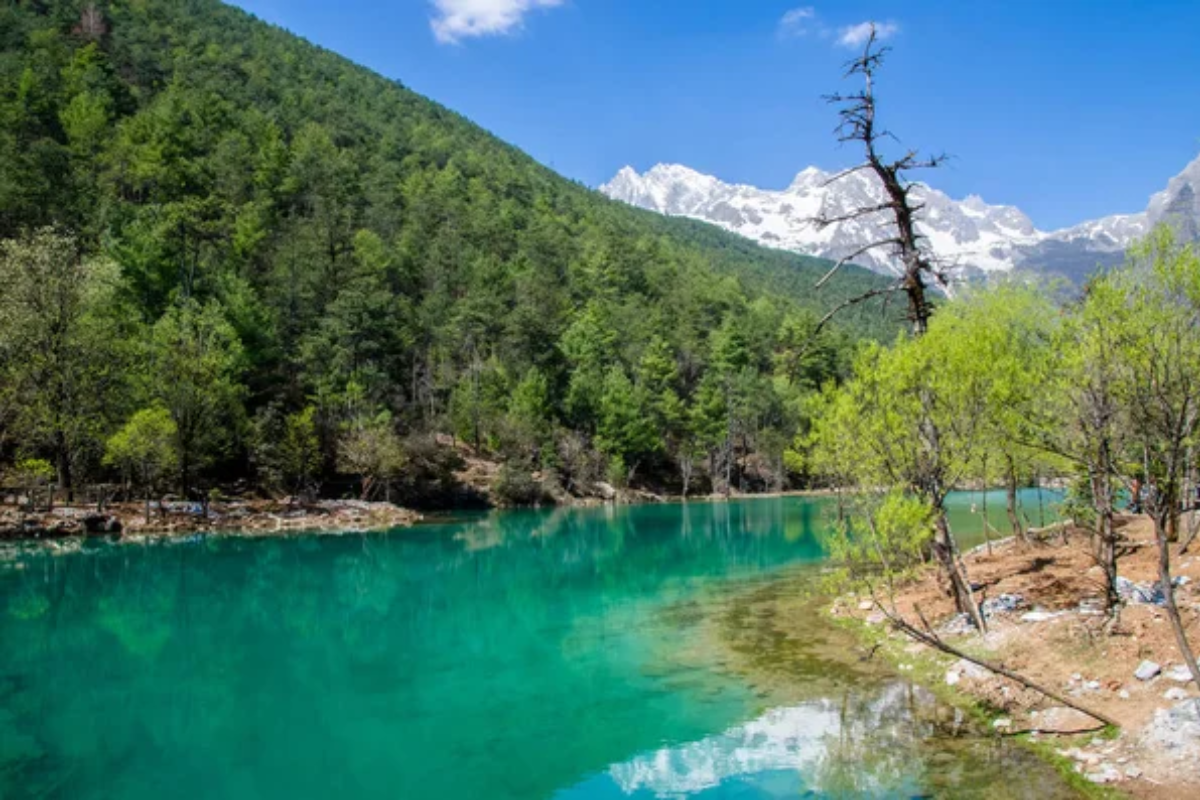
Jade Lake sits in a hanging valley that requires hikers to scramble up steep terrain and navigate a complex alpine landscape to reach its pristine waters. The challenging route involves following faint cairns across exposed terrain where weather conditions can change rapidly and navigation becomes critical.
The lake’s secluded location in the heart of the Collegiate Peaks provides intimate mountain scenery while the technical approach ensures genuine wilderness solitude for those willing to accept the challenge.
Like Travel Pug’s content? Follow us on MSN.
Sanctuary Waters Above the Crowds
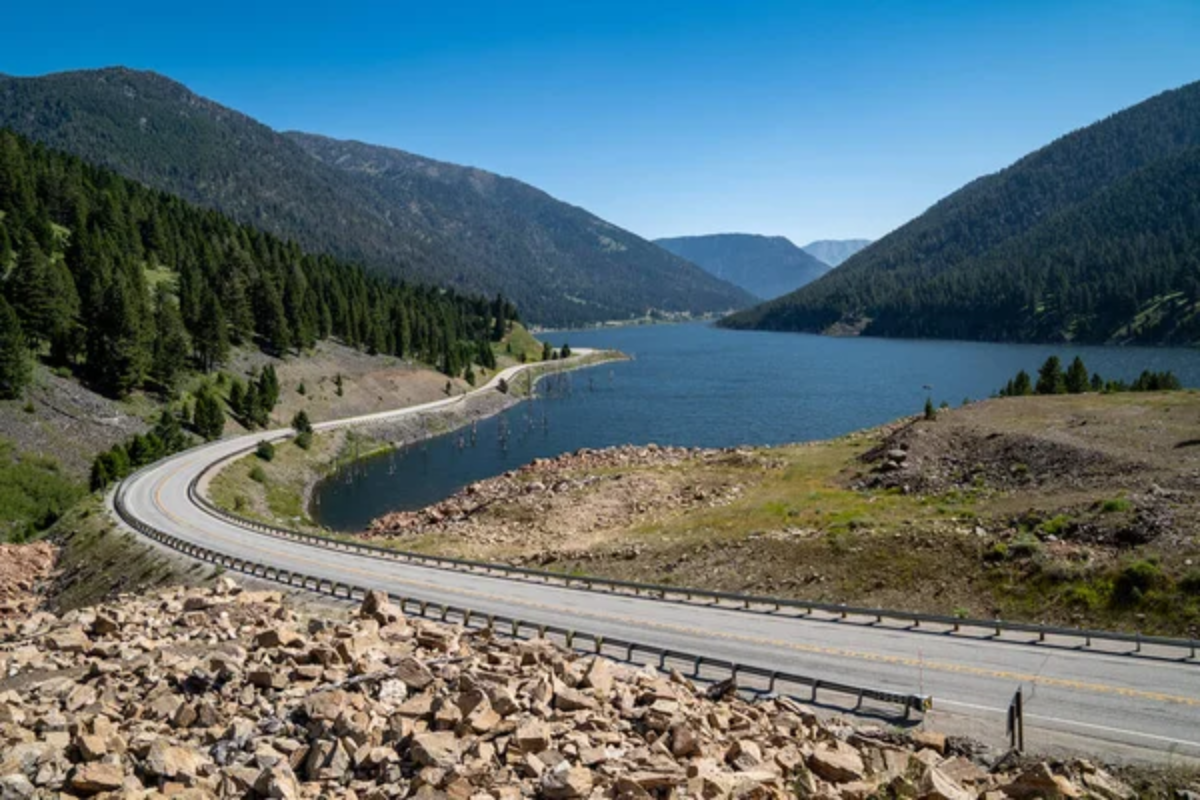
These remarkable ghost lake destinations demonstrate that genuine solitude remains available in Colorado’s mountains for those willing to develop the skills and accept the challenges required to reach truly remote alpine waters. Each lake represents a commitment to wilderness travel that goes beyond established trails and marked routes, requiring hikers to become competent in navigation, route-finding, and wilderness survival skills that were once considered essential for mountain travel.
The effort required to reach these hidden waters creates experiences that connect modern hikers to the spirit of exploration and self-reliance that defined earlier generations of mountain adventurers. While these destinations demand serious preparation and considerable skill development, they reward persistent hikers with the increasingly rare experience of finding complete solitude in pristine alpine environments where the only evidence of human presence might be their footprints in the sand beside crystal-clear mountain waters that reflect peaks and sky in perfect stillness.
More from Travel Pug

- 20 Best Beach Towns in the Carolinas
- 13 Destinations Where Tourists Regularly Regret Their Trip
- 20 Destinations That Are More Magical Without an Itinerary
- 20 Underrated Adventures That Belong on Your Travel List
- 20 Cities Where You Should Just Wing It, No Planning Required
Like Travel Pug’s content? Follow us on MSN.
